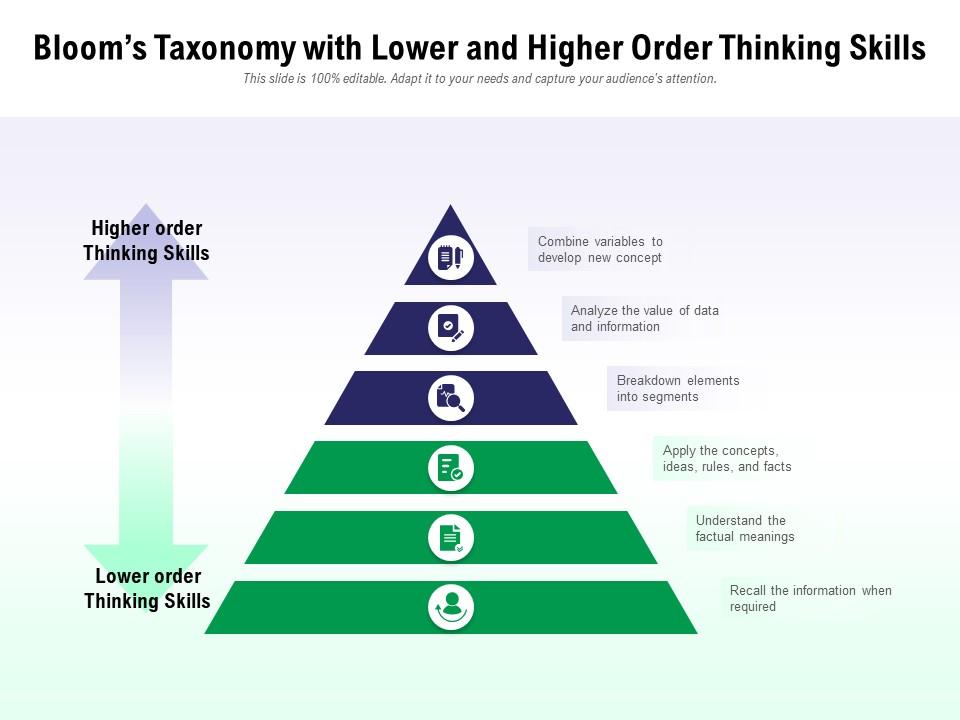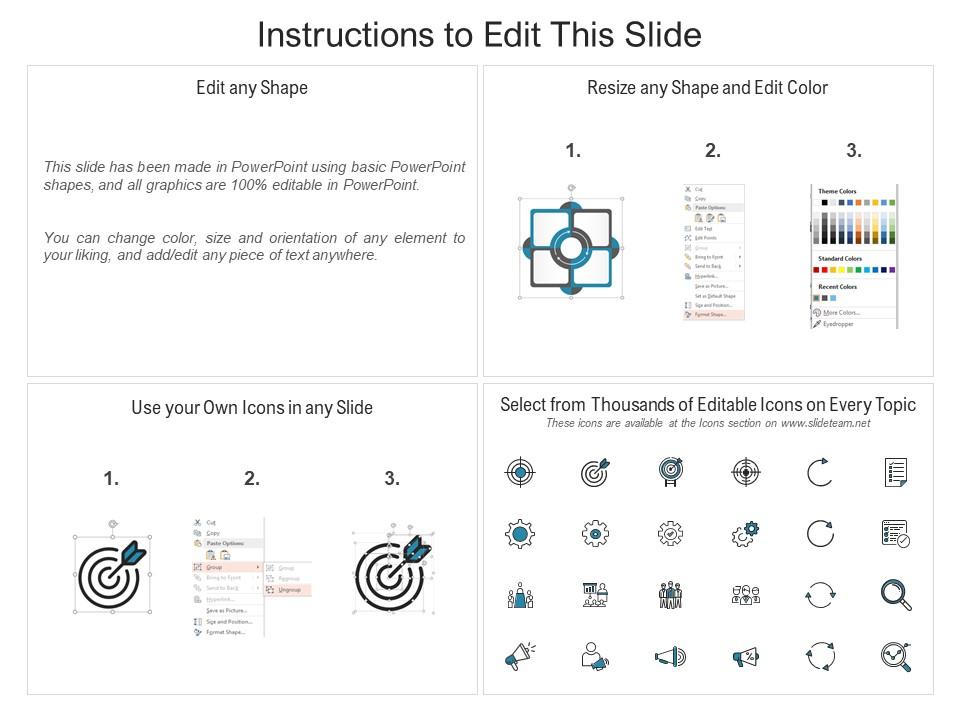Blooms taxonomy with lower and higher order thinking skills
Our Blooms Taxonomy With Lower And Higher Order Thinking Skills pay rich dividends. They give due credit to your capital ideas.
Our Blooms Taxonomy With Lower And Higher Order Thinking Skills pay rich dividends. They give due credit to your capital id..
- Google Slides is a new FREE Presentation software from Google.
- All our content is 100% compatible with Google Slides.
- Just download our designs, and upload them to Google Slides and they will work automatically.
- Amaze your audience with SlideTeam and Google Slides.
-
Want Changes to This PPT Slide? Check out our Presentation Design Services
- WideScreen Aspect ratio is becoming a very popular format. When you download this product, the downloaded ZIP will contain this product in both standard and widescreen format.
-

- Some older products that we have may only be in standard format, but they can easily be converted to widescreen.
- To do this, please open the SlideTeam product in Powerpoint, and go to
- Design ( On the top bar) -> Page Setup -> and select "On-screen Show (16:9)” in the drop down for "Slides Sized for".
- The slide or theme will change to widescreen, and all graphics will adjust automatically. You can similarly convert our content to any other desired screen aspect ratio.
Compatible With Google Slides

Get This In WideScreen
You must be logged in to download this presentation.
PowerPoint presentation slides
Presenting this set of slides with name Blooms Taxonomy With Lower And Higher Order Thinking Skills. This is a two stage process. The stages in this process are Higher order Thinking Skills, Lower order Thinking Skills. This is a completely editable PowerPoint presentation and is available for immediate download. Download now and impress your audience.
People who downloaded this PowerPoint presentation also viewed the following :
Content of this Powerpoint Presentation
Description:
The image depicts a slide on Bloom's Taxonomy, which outlines the range of lower to higher order thinking skills. The slide is divided into two sections: lower order thinking skills at the base, represented in green, and higher order thinking skills at the top, in a darker shade.
Starting at the bottom, the lower order skills include: "Recall the information when required," "Understand the factual meanings," and "Apply the concepts, ideas, rules, and facts." These refer to the foundational cognitive processes such as remembering, understanding, and applying knowledge.
Moving up the pyramid, the higher order thinking skills are: "Breakdown elements into segments," "Analyze the value of data and information," and "Combine variables to develop a new concept." These skills involve more complex cognitive processes like analyzing, evaluating, and creating.
Use Cases:
Here are seven industries where this slide can be applicable:
1. Education:
Use: Enhance teaching strategies and curriculum design
Presenter: Educator or Instructional Designer
Audience: Teachers, Administrators, or Curriculum Planners
2. Corporate Training:
Use: Develop employee training and development programs
Presenter: Corporate Trainer or HR Professional
Audience: Employees or Management Teams
3. Healthcare:
Use: Medical education and patient care decision-making
Presenter: Health Educator or Medical Professional
Audience: Medical Students, Nurses, or Residents
4. Technology:
Use: Software development and design thinking workshops
Presenter: Tech Team Lead or Product Manager
Audience: Software Developers, Engineers, or UI/UX Designers
5. Management Consulting:
Use: Strategic thinking and problem-solving sessions
Presenter: Management Consultant
Audience: Business Executives or Company Stakeholders
6. Government and Public Policy:
Use: Policy analysis and program development
Presenter: Policy Analyst or Public Administrator
Audience: Government Officials, Civil Servants, or Policy Makers
7. Non-Profit Sector:
Use: Program design and volunteer training
Presenter: Non-profit Program Manager or Coordinator
Audience: Volunteers, Staff Members, or Stakeholders
Blooms taxonomy with lower and higher order thinking skills with all 2 slides:
Recieve the blessings of the divine. Open up hearts with our Blooms Taxonomy With Lower And Higher Order Thinking Skills.
No Reviews











